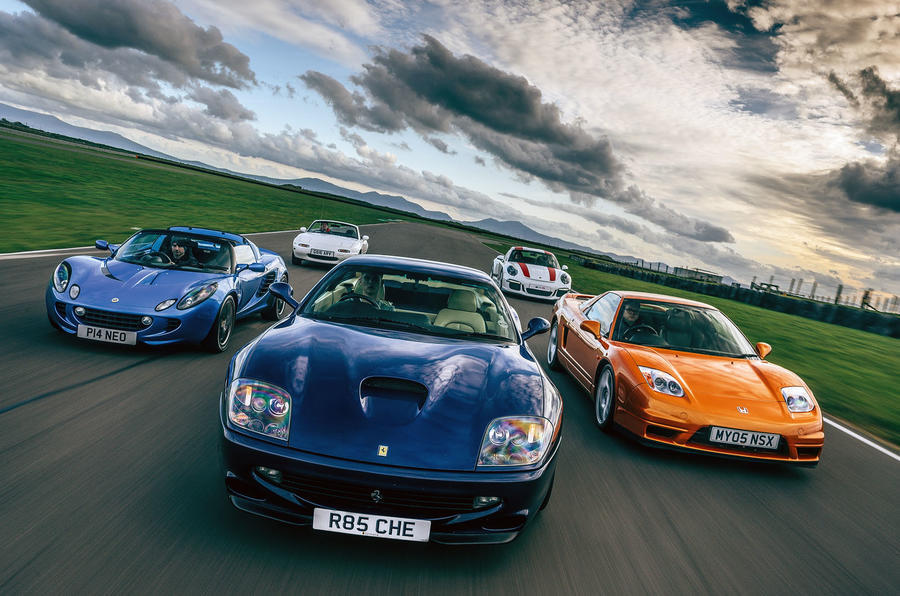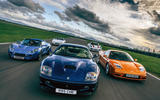Back in 1895, all of the cars in the UK wouldn’t have filled 10 metres of the M25. Few people had even seen a horseless carriage. But young Henry Sturmey, editor of a magazine devoted to the new craze of cycling, believed what he called autocars were going to be big, and he persuaded his printer William Iliffe to back his idea of a weekly called The Autocar.
The first issue appeared on 2 November. It cost 3d and boasted just 12 pages of dense print. The early circulation must have been tiny, but a year later, the red flag legislation, which forced every car to be preceded by a man on foot, was repealed. Suddenly the car took off, with manufacturers mushrooming everywhere.
The Autocar took off, too. Soon it had rivals, but it established itself as the leader, because its writers believed in, understood and loved cars from the start. And that has never changed.
Through the 1920s and 1930s, its circulation soared. In 1928, it invented the road test, with the first ever subject an Austin Seven. Couched in the polite language of the day, the format became a key part of each issue. Today the Autocar road test remains the most respected evaluation of any car, nervously awaited by manufacturers and eagerly scanned by prospective buyers.
Having risen to be the world’s best-selling car magazine, Autocar by the 1970s became, via various takeovers, part of an impersonal corporation that starved it of direction and investment. It slipped into predictability and failed to ward off younger, livelier competitors.
One of these was Haymarket, which in 1984 bought the publishing rights and restored Autocar to its rightful place as the essential weekly for anyone who wants to keep up with the world of the car. I was Haymarket’s managing director when we relaunched Autocar 26 years ago, and it was a stimulating battle to put it back on top. Now I approach it each week as a faithful reader, and to me it lives by three ingredients.

































Join the debate
Add your comment
Weird
I could have sworn Toyota released a little road-biased 4WD called the Rav 4, building on the momentum started by the Suzuki Vitara and inventing a class of vehicle. Which then went on to completely change global car buying habits. And every other brand, including Land Rover with the Freelander, jumping on the bandwagon. But I must be getting old.